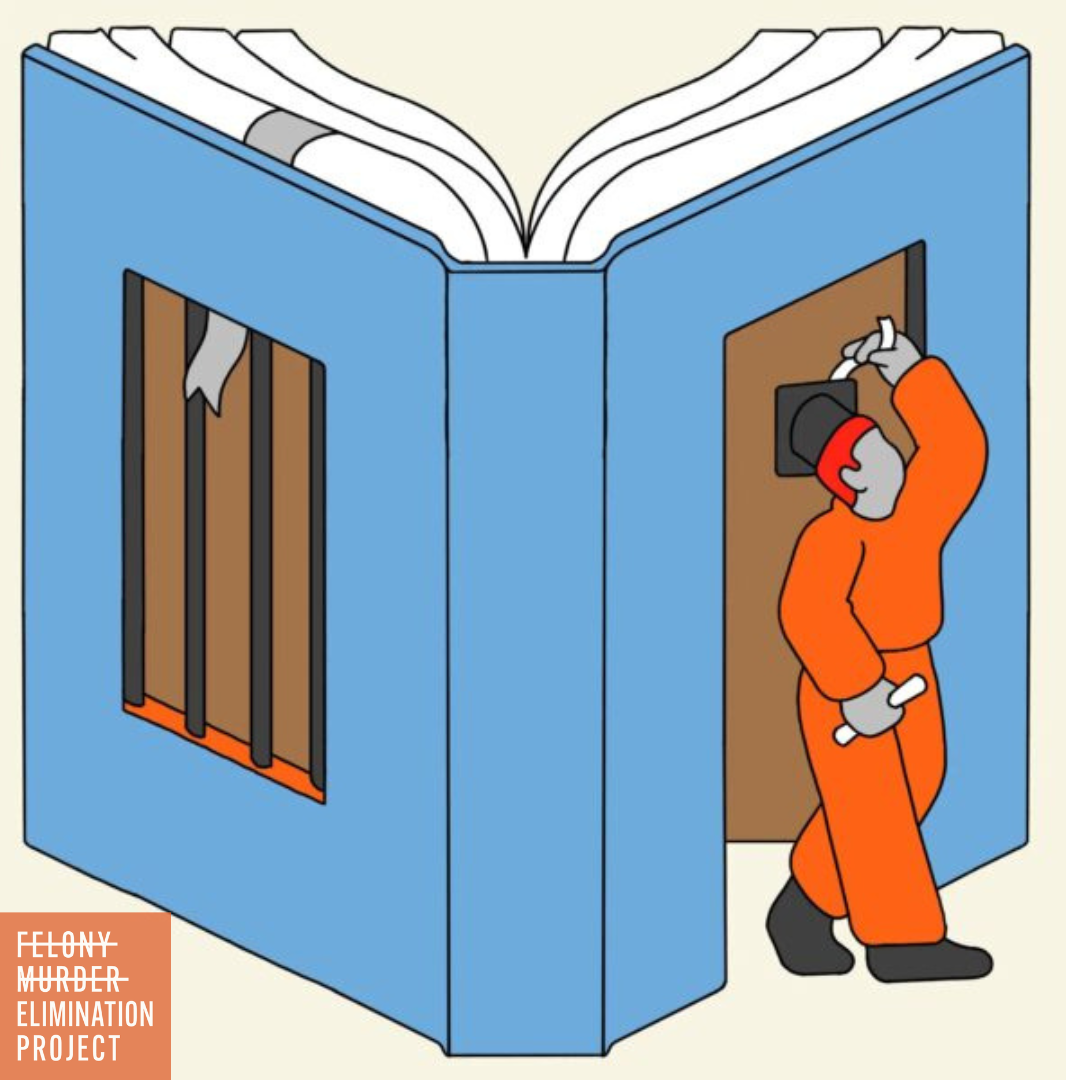DOJ Watchdog Report Finds Abuse of Restraints in Prisons

CW: abuse
Recent abuses are outlined in a new report from the Justice Department's Office of the Inspector General (OIG), which is highly critical of the federal Bureau of Prisons' (BOP) use of restraints on prisoners. The report concludes that federal prison officials violated their own rules, shackling prisoners to beds and chairs for hours, even days sometimes, using restraints on both wrists and ankles. Additionally, they violated a separate rule that prohibits the use of restraints as punishment.
The report follows an investigative series in recent years by NPR, in collaboration with The Marshall Project, which exposed abuse in federal prisons, including the overuse of restraints and shackles so tight that prisoners report scarring and permanent injury. BOP rules allow the use of restraints when a prisoner's behavior poses an immediate risk to themselves or others. But the rules explicitly prohibit restraints from being used "as a method of punishing an inmate" or in "a manner that causes unnecessary physical pain or extreme discomfort."
The OIG reviewed six years of BOP records and found thousands of instances of abuse. Those included "thousands of incidents of inmates held in restraints for 16 hours or longer, hundreds of which were held in restraints for more than 24 hours and some for over a week or weeks." However the investigators noted that their work was limited by inadequate record-keeping at prisons.
“Clearer and more robust policies would assist the BOP in protecting inmates from abusive treatment, shielding staff from false allegations, deterring misconduct by staff, and holding staff who engage in misconduct accountable,” says the report from William Blier, acting Inspector General to William Marshall, the new Director of the Bureau of Prisons.
Examples in the report include:
- One person died in federal prison after being kept in restraints for more than two days.
- Another was held in restraints so tight that, afterward, part of a limb had to be amputated.
- A third person was confined in restraints for 12 days, then 30 days and then again for 29 days.
NPR's reports with the Marshall Project revealed similar misuse of restraints. At the Special Management Unit in the federal penitentiary at Thomson, Ill., prisoners described what they called their "Thomson tattoos," the lasting and sometimes permanent marks on their wrists and ankles from restraints applied too tightly and left on too long.
At the federal prison at Lewisburg, Pa., NPR and The Marshall Project reported that Sebastian Richardson was punished for objecting to being placed with a new cellmate he feared. He was put in restraints for 28 days, during which time he was uncuffed only once. As a result, he was unable to use the toilet and often forced to sleep on the floor of his cell.
In response to the memorandum from the inspector general, the BOP stated that it "is committed to addressing these issues and implementing meaningful improvements," and welcomed the report's recommendations as "a crucial opportunity to enhance agency practices and ensure the humane treatment of all inmates." The BOP informed the inspector general it would take steps to prevent the prolonged use of restraints, and conduct more frequent checks and thorough documentation of prisoners in restraints.
Read the full OIG report here --->>> Notification of Concerns Regarding the Federal Bureau of Prisons’ Policies Pertaining to the Use of Restraints on Inmates
You can also read "Shackled For Days and Weeks: A Federal Report Finds Widespread Abuse in Prisons" at the Marshall Project website. The Marshall Project is a nonpartisan, nonprofit news organization that seeks to create and sustain a sense of national urgency about the U.S. criminal justice system.










